Home>Interior Design>What Makes A House Look Cheap: 7 Things You Are Doing Wrong
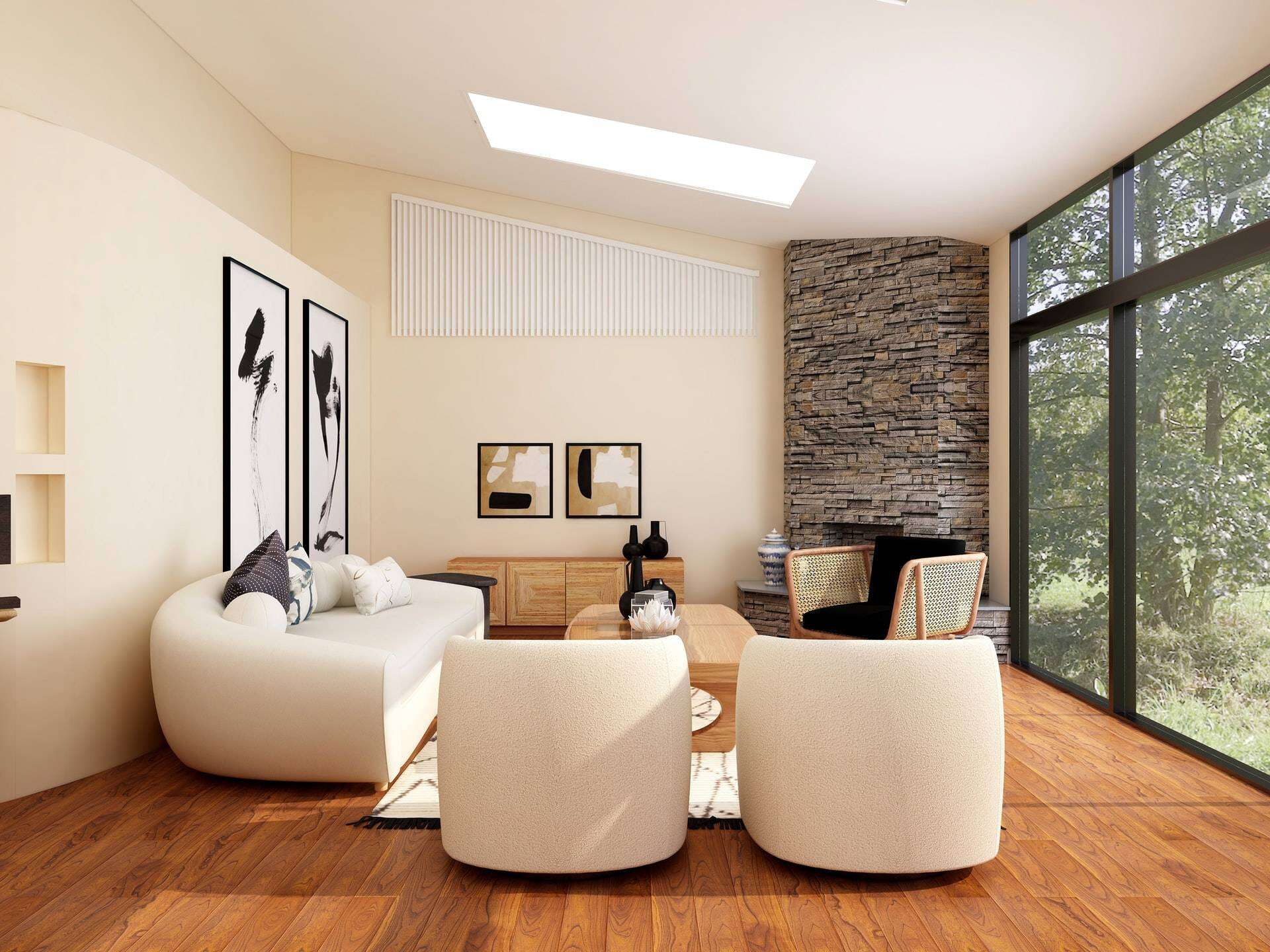

Interior Design
What Makes A House Look Cheap: 7 Things You Are Doing Wrong
Modified: January 20, 2024
Avoid these common interior design mistakes that make your house look cheap. Discover the 7 things you may be doing wrong and learn how to elevate your home's style.
(Many of the links in this article redirect to a specific reviewed product. Your purchase of these products through affiliate links helps to generate commission for Storables.com, at no extra cost. Learn more)
Introduction
When it comes to interior design, creating a space that looks luxurious and inviting is often the goal. However, sometimes even with the best intentions, certain choices and design mistakes can make a house look cheap. Whether you are staging a home to sell or simply trying to elevate the aesthetics of your living space, it is essential to be aware of the factors that can detract from a high-quality look.
In this article, we will explore seven common mistakes that can make a house look cheap. By understanding these pitfalls and taking proactive steps to avoid them, you can transform your living space into a stylish and sophisticated haven.
Key Takeaways:
- Avoiding common mistakes such as neglecting curb appeal, using poor-quality materials, and maintaining clutter can elevate your home’s aesthetic appeal and create a luxurious living space.
- By investing in high-quality materials, choosing the right color palette, and ensuring proper maintenance, you can transform your house into a stylish and visually appealing home that reflects your personal taste.
Lack of Curb Appeal
One of the first things people notice about a house is its exterior. Neglecting the curb appeal can instantly give the impression of a cheaply designed home. Here are a few factors that contribute to a lack of curb appeal:
- Untidy landscaping: Overgrown weeds, untrimmed bushes, and a lack of vibrant flowers can make a house look unkempt and uncared for. Maintaining a well-groomed and visually appealing landscape can instantly elevate the appearance of your home.
- Worn-out exterior paint: Peeling or faded paint can make a house look dated and cheap. Consider giving your home a fresh coat of paint in a neutral or modern color scheme to enhance its overall appeal.
- Unattractive front door: A front door that is in poor condition or lacks character can give the impression that the rest of the house is neglected as well. Invest in a stylish and well-maintained front door to enhance the overall curb appeal.
- Lack of outdoor lighting: Inadequate lighting can make a house look gloomy and uninviting, especially during the evening hours. Install outdoor lighting along pathways and entryways to create an inviting and welcoming atmosphere.
By paying attention to these details and keeping the exterior of your home well-maintained, you can significantly enhance its curb appeal and create a positive first impression for visitors and potential buyers.
Poor-quality Materials
The quality of materials used in the design and construction of a house can greatly impact its overall look and feel. Using low-quality materials can give the impression of a cheaply designed and built space. Here are a few examples of poor-quality materials that can downgrade the aesthetic appeal of a house:
- Laminate flooring: While laminate flooring can be cost-effective, it often lacks the durability and elegance of higher-quality flooring options like hardwood or ceramic tiles. Consider investing in quality flooring materials to elevate the look of your home.
- Misaligned tiles: Uneven tile installation can instantly cheapen the look of a bathroom or kitchen. Make sure tiles are properly aligned and professionally installed to create a polished and visually pleasing appearance.
- Thin and flimsy furniture: Opting for inexpensive furniture made from low-quality materials can give the impression of a hastily furnished space. Instead, invest in sturdier furniture pieces that exude quality and durability.
- Plastic or fake wood accents: Using plastic or faux wood accents, such as faux wood paneling or plastic crown molding, can make a house look artificial and cheap. Choose authentic and high-quality wood elements to enhance the sophistication of your home.
By investing in higher-quality materials, you can create a more luxurious and visually appealing home. Remember, quality materials not only improve the aesthetics but also increase the longevity and value of your property.
Clutter and Messiness
A cluttered and messy space can instantly make a house look cheap and unkempt. It’s important to create a clean and organized environment to enhance the overall appeal. Here are a few tips to avoid clutter and messiness:
- Declutter: Get rid of unnecessary items and keep only what is essential. Clutter can make a house feel chaotic and cramped. Consider donating or selling items that you no longer need or use to create a more streamlined and spacious living area.
- Proper storage solutions: Invest in practical and stylish storage solutions to keep your belongings organized and out of sight. Utilize shelves, cabinets, and storage bins to minimize visual clutter and create a sense of order.
- Regular cleaning: Dust, dirt, and grime can accumulate over time and make a house look neglected. Establish a regular cleaning routine to keep your living space fresh and presentable.
- Manage paper clutter: Paper clutter, such as stacks of bills or mail, can make a house feel disorganized. Implement a system for managing paperwork and ensure it is properly filed or discarded.
By maintaining a clutter-free and organized space, you can create a more visually pleasing and luxurious atmosphere in your home. Remember, less is often more when it comes to interior design.
Incorrect Color Choices
The colors you choose for your home can greatly affect its overall ambiance and perceived value. Making incorrect color choices can make a house look cheap and poorly designed. Here are a few color-related mistakes to avoid:
- Too many bold or clashing colors: While adding pops of color can be eye-catching, using too many bold or clashing colors can make a space look chaotic and overwhelming. Opt for a balanced color palette and incorporate subtle accents to create a cohesive and harmonious environment.
- Outdated color schemes: Certain color schemes, such as pastel shades or heavy use of browns and beiges, can give a space a dated and uninspired appearance. Stay updated with current design trends and choose modern and timeless color combinations.
- Inconsistent color flow: Inconsistent use of color can create a disjointed look throughout the house. Ensure a cohesive color flow by selecting a primary color palette and incorporating it consistently in each room.
- Ignoring the power of neutrals: Neutrals like white, beige, and gray can create a sophisticated and timeless look. Incorporate neutral tones as a base and add pops of color through accessories and artwork.
Choosing the right colors for your home can greatly enhance its overall appeal and create a more upscale and cohesive atmosphere. Consider consulting with a professional interior designer for expert advice on color selection for your space.
Avoid using cheap materials like plastic or laminate for fixtures and finishes. Opt for higher quality materials like wood, stone, or metal for a more luxurious look.
Lack of Proper Maintenance
Maintaining a well-kept and properly maintained home is crucial for creating an upscale and luxurious atmosphere. Neglecting regular maintenance tasks can make a house look cheap and poorly cared for. Here are a few maintenance-related mistakes to avoid:
- Peeling or chipped paint: Cracked or peeling paint on walls, ceilings, or trim can instantly make a house look rundown and neglected. Stay on top of painting touch-ups to maintain a fresh and polished appearance.
- Dirty and stained carpets or flooring: Carpets that are stained or worn out, as well as dirty or damaged flooring, can give the impression of an uncared-for home. Keep carpets clean and consider refinishing or replacing worn-out flooring to improve the overall look and feel.
- Lack of regular cleaning: Dust, smudges, and dirt accumulation can diminish the appeal of your home. Implement a regular cleaning routine to keep surfaces, windows, and fixtures clean and sparkling.
- Leaky faucets or plumbing issues: Dripping faucets or plumbing issues not only indicate a lack of maintenance, but they can also cause damage to other parts of the house. Address plumbing issues promptly to ensure the integrity and functionality of your home.
By staying proactive and addressing maintenance issues as they arise, you can ensure that your home maintains its high-quality appearance and value. Regular maintenance not only enhances the overall aesthetics but also contributes to the longevity and functionality of your living space.
Inconsistent or Mismatched Furniture
The furniture you choose for your home plays a vital role in creating a cohesive and visually appealing interior design. Inconsistent or mismatched furniture can make a house look disjointed and cheap. Here are a few common mistakes to avoid:
- Mixing different design styles: Combining furniture pieces with conflicting design styles can create a chaotic and unbalanced look. Stick to one cohesive design style throughout your home to create a sense of harmony and sophistication.
- Using furniture that is too large or too small: Furniture that is disproportionate in size can throw off the balance of a room and make it feel cramped or empty. Choose furniture that complements the scale of the space and ensures proper flow and functionality.
- Disregarding the color palette: Furniture pieces that clash with the overall color palette of a room can disrupt the visual harmony. Ensure that the colors of your furniture complement the rest of the space, creating a cohesive and unified look.
- Lack of proper arrangement: Placing furniture haphazardly without considering the flow and function of the room can create a cluttered and disorganized appearance. Arrange your furniture strategically to create inviting and well-defined spaces.
By choosing furniture that aligns with your desired design style, fits properly within the space, and complements the overall color palette, you can create a cohesive and polished look in your home. Investing in quality furniture and arranging it thoughtfully will enhance the visual appeal and create a more luxurious and put-together atmosphere.
Inadequate Lighting
The lighting in your home is not only functional but also contributes to the overall ambiance and aesthetic appeal. Inadequate lighting can make a house look dull, dark, and cheap. Here are a few lighting-related mistakes to avoid:
- Insufficient natural light: Natural light has a way of making a space feel vibrant and inviting. Lack of natural light can make a house appear gloomy and lifeless. Keep windows clean and unobstructed to maximize the amount of natural light entering your home.
- Dim and outdated light fixtures: Outdated light fixtures with dim lighting can make a space feel outdated and unappealing. Consider upgrading your light fixtures to more modern styles that provide ample light for each room.
- Over-reliance on overhead lighting: Relying solely on overhead lighting can create harsh shadows and an unflattering ambiance. Incorporate a variety of lighting sources, such as floor lamps, table lamps, and wall sconces, to create a layered and inviting atmosphere.
- Ignoring task lighting: Task lighting is essential for performing specific activities, such as reading or cooking. Neglecting to incorporate task lighting in appropriate areas can make those spaces less functional and less visually appealing.
By ensuring adequate lighting in your home, you can create a warm and inviting atmosphere. Utilize a combination of overhead lighting, natural light, and task lighting to establish a well-lit environment that enhances the aesthetics and functionality of your living space.
Conclusion
Creating a well-designed and visually appealing home is a goal for many homeowners. However, certain mistakes can make a house look cheap and poorly designed. By being aware of these common pitfalls, you can take proactive steps to avoid them and create a more luxurious and stylish living space.
From the moment guests or potential buyers approach your home, curb appeal plays a crucial role in creating a favorable first impression. Maintain a well-groomed landscape, ensure a fresh coat of paint, and invest in proper outdoor lighting to enhance the overall exterior aesthetics.
Using high-quality materials throughout your home can elevate its visual appeal and durability. Choose solid and durable flooring options, avoid plastic or fake wood accents, and invest in sturdy and well-crafted furniture pieces. These choices will not only enhance the aesthetics but also contribute to the overall value of your home.
Clutter and messiness can instantly detract from the luxurious vibe of a space. Stay organized, declutter regularly, and implement proper storage solutions to keep your home looking clean and well-maintained.
Color choices have a significant impact on the overall ambiance of your home. Avoid too many bold or clashing colors, opt for modern and timeless color schemes, and ensure a consistent color flow throughout your space.
Regular maintenance is key to preserving the high-quality look of your home. Address peeling paint, maintain clean carpets and flooring, and address any plumbing issues promptly. By staying on top of regular maintenance tasks, you can ensure that your home continues to exude a sense of elegance and sophistication.
Mismatched or inconsistent furniture choices can make a house look disjointed and poorly designed. Choose furniture that aligns with your desired design style, properly fits within the space, and complements the overall color palette. Thoughtful arrangement of furniture will enhance the flow and functionality of each room.
Lastly, inadequate lighting can diminish the overall appeal of your home. Incorporate natural light, upgrade outdated fixtures, and utilize a variety of lighting sources to create a well-lit and inviting atmosphere.
By avoiding these common mistakes and embracing proper design principles, you can transform your house into a luxurious, stylish, and visually appealing home that reflects your personal taste and enhances your overall quality of life.
Frequently Asked Questions about What Makes A House Look Cheap: 7 Things You Are Doing Wrong
Was this page helpful?
At Storables.com, we guarantee accurate and reliable information. Our content, validated by Expert Board Contributors, is crafted following stringent Editorial Policies. We're committed to providing you with well-researched, expert-backed insights for all your informational needs.
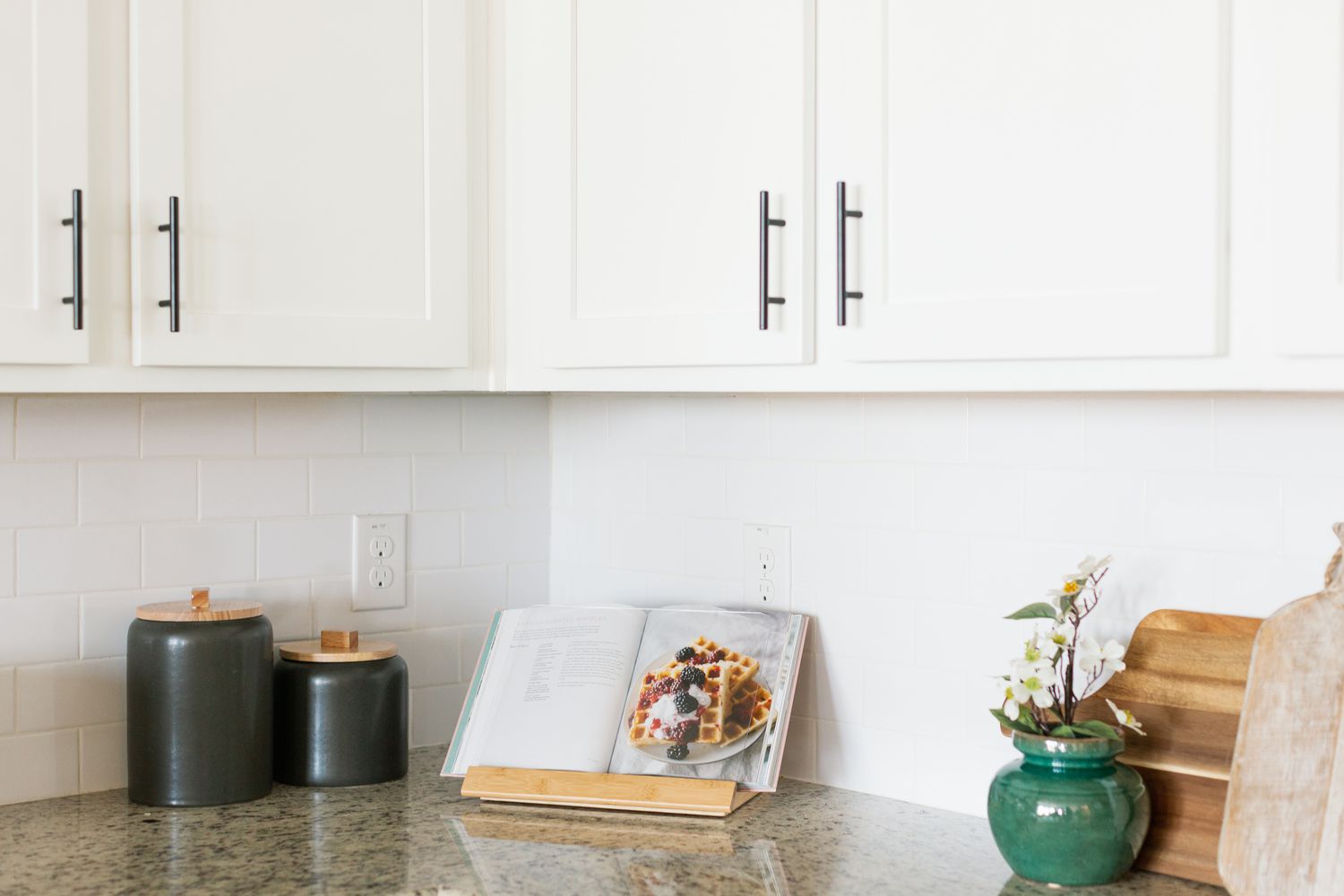
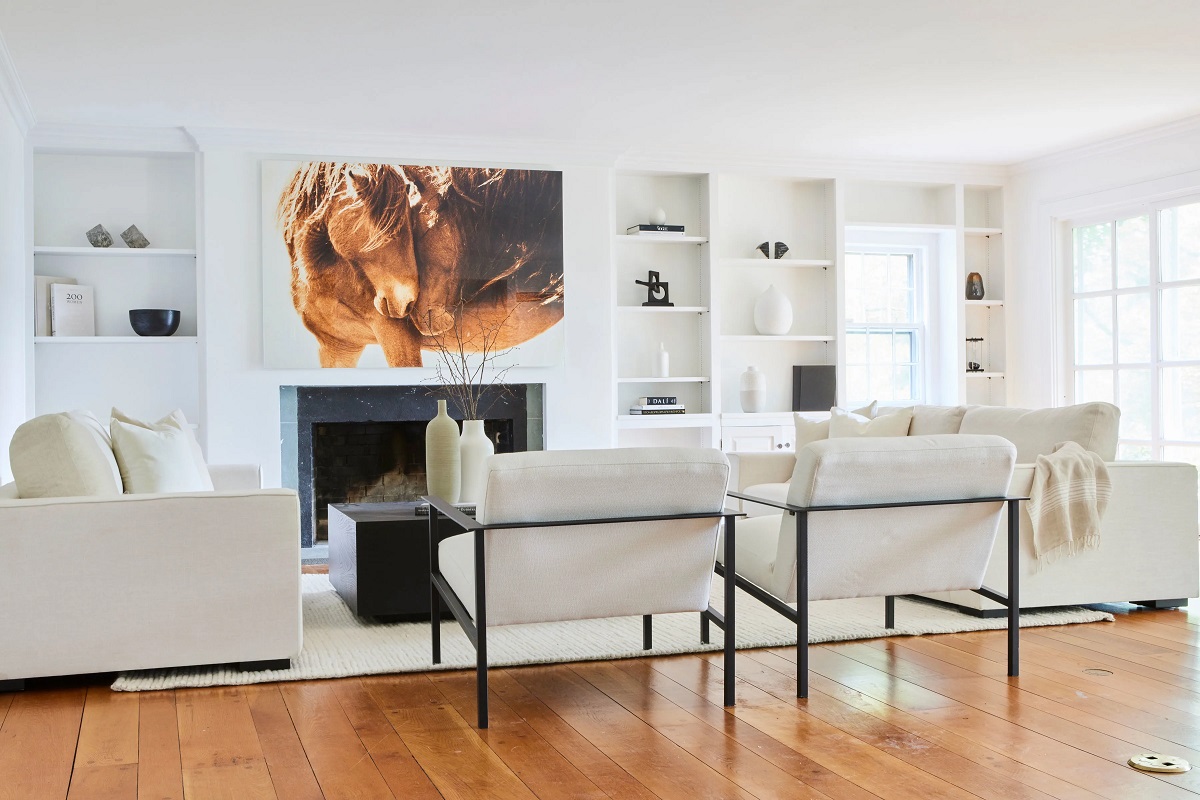
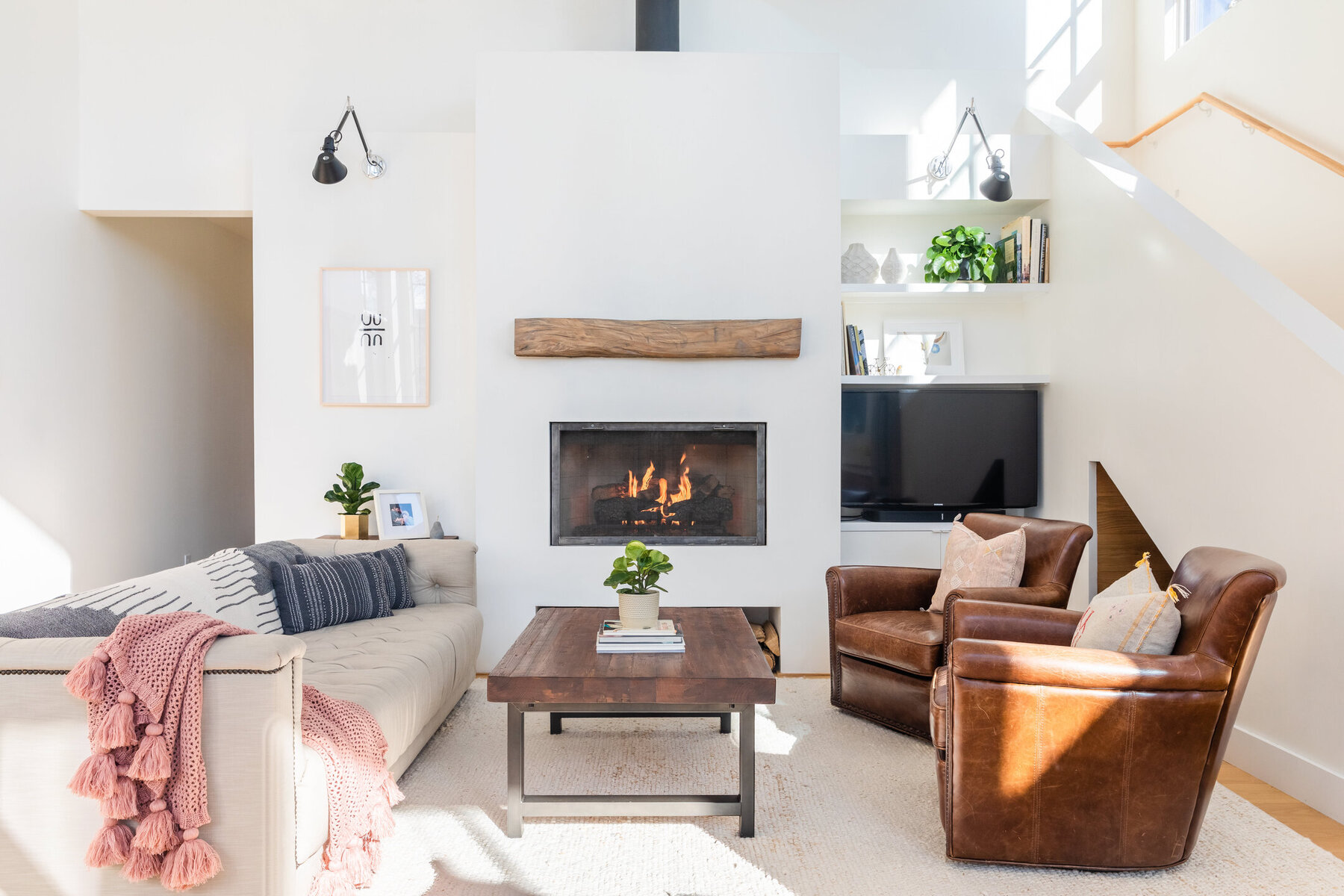
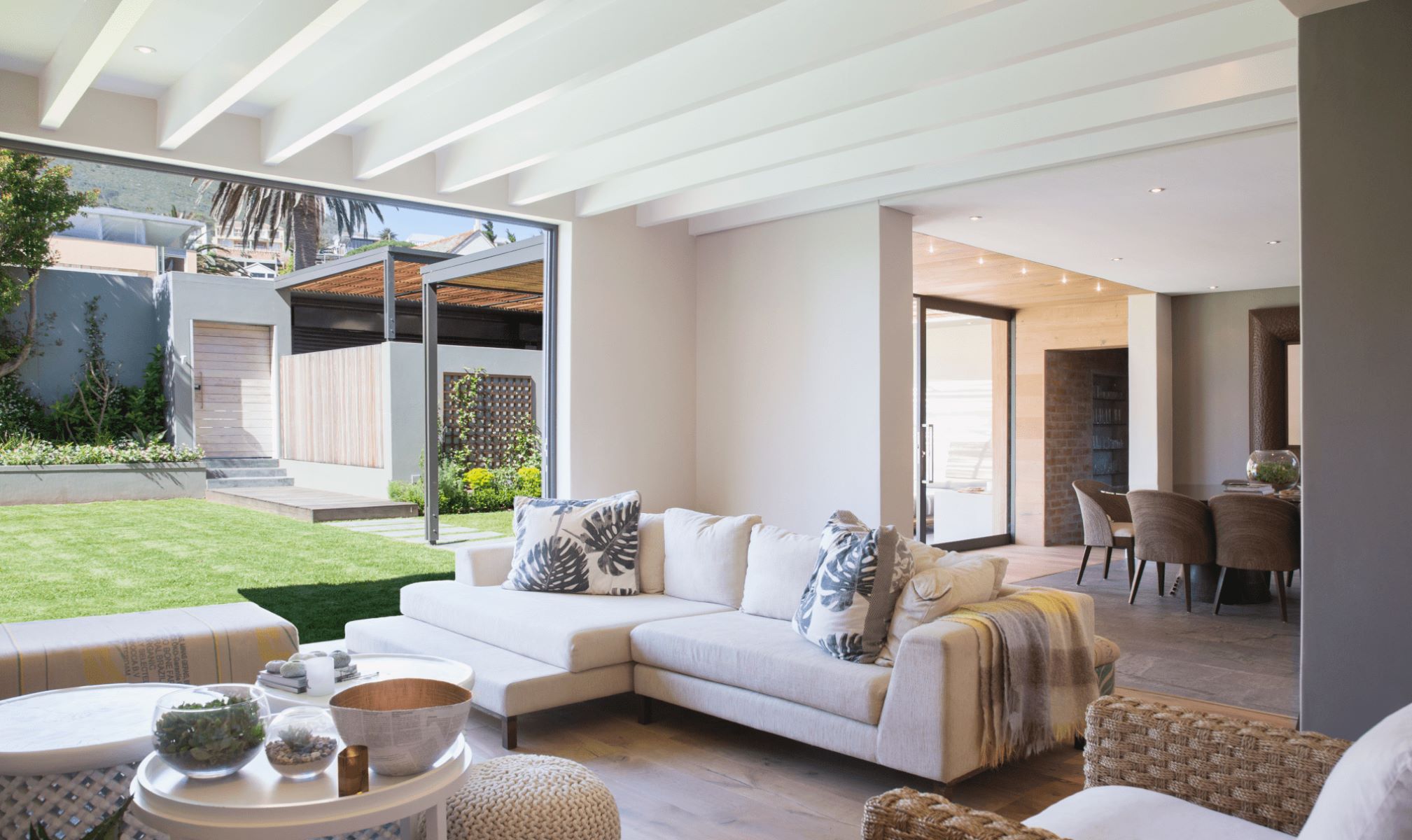
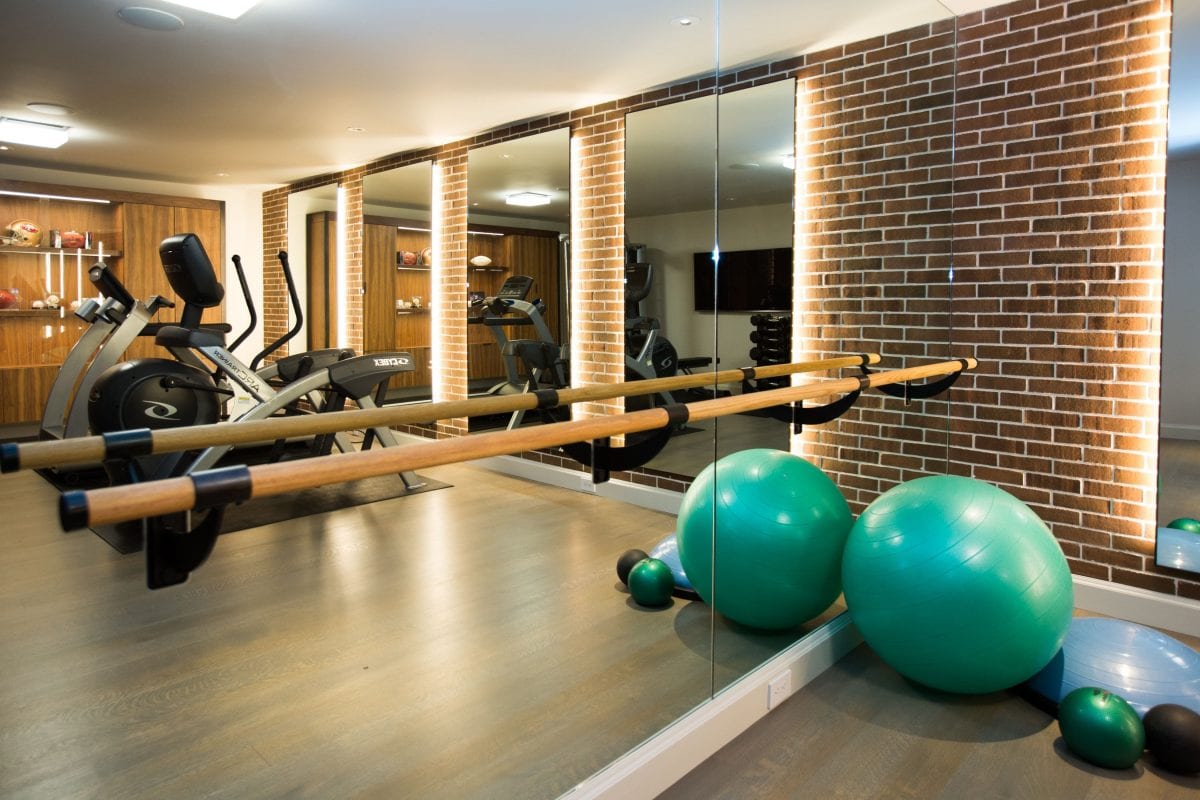
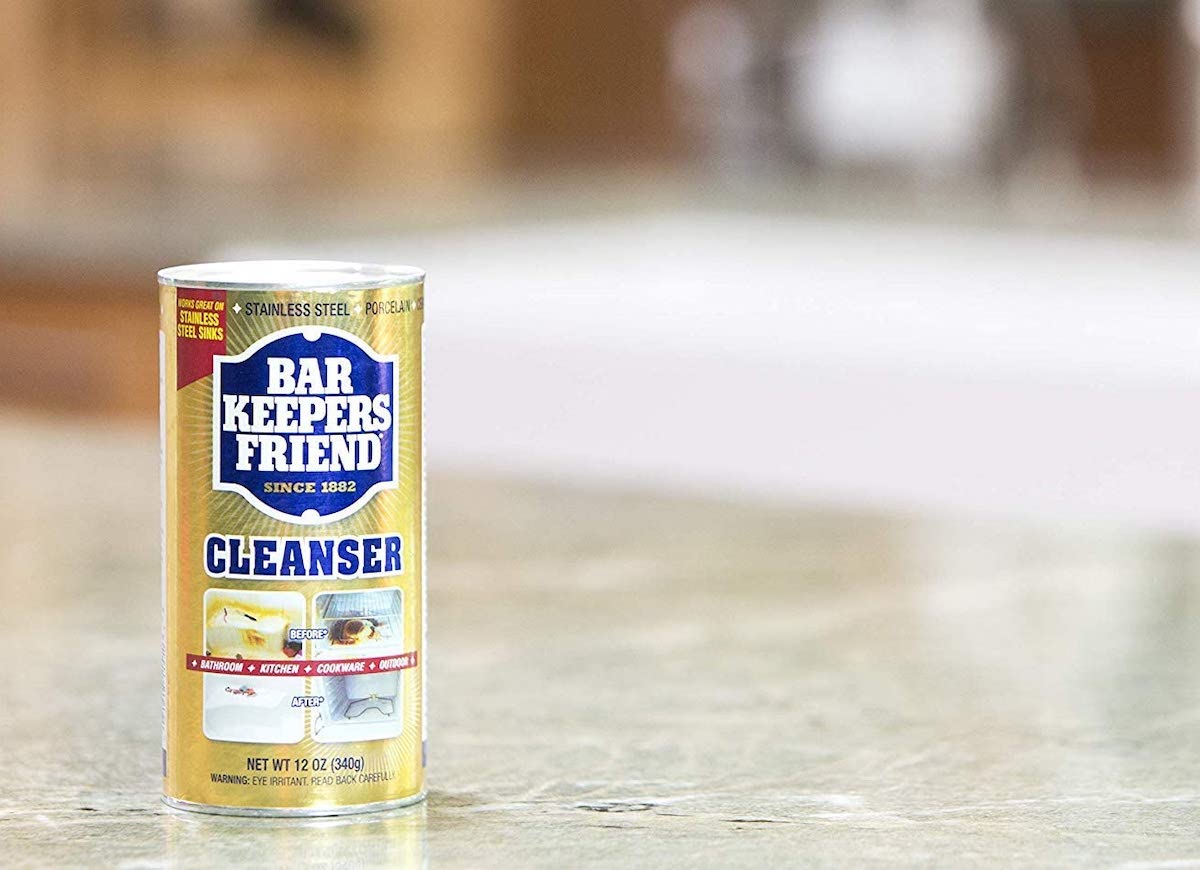
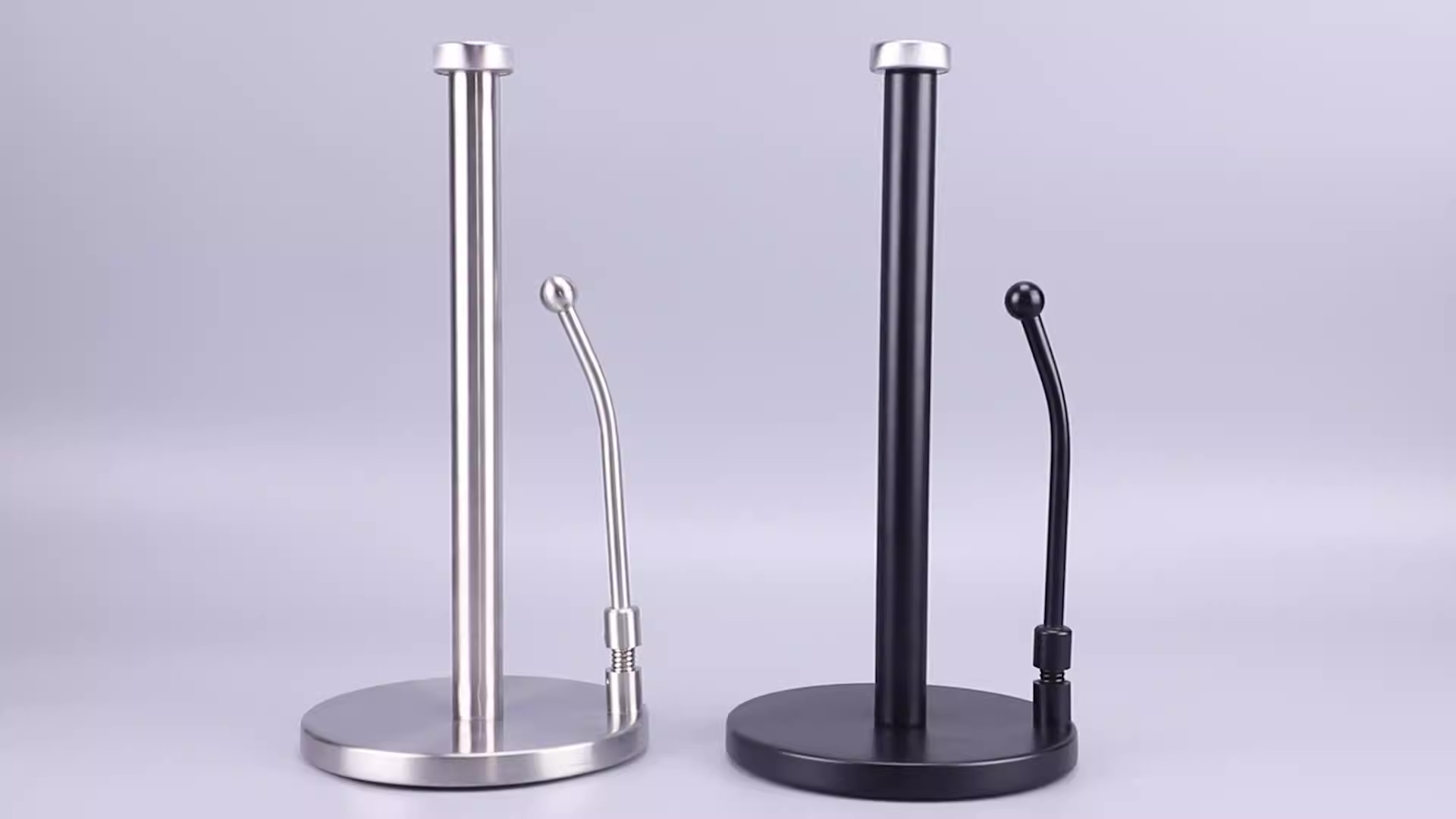
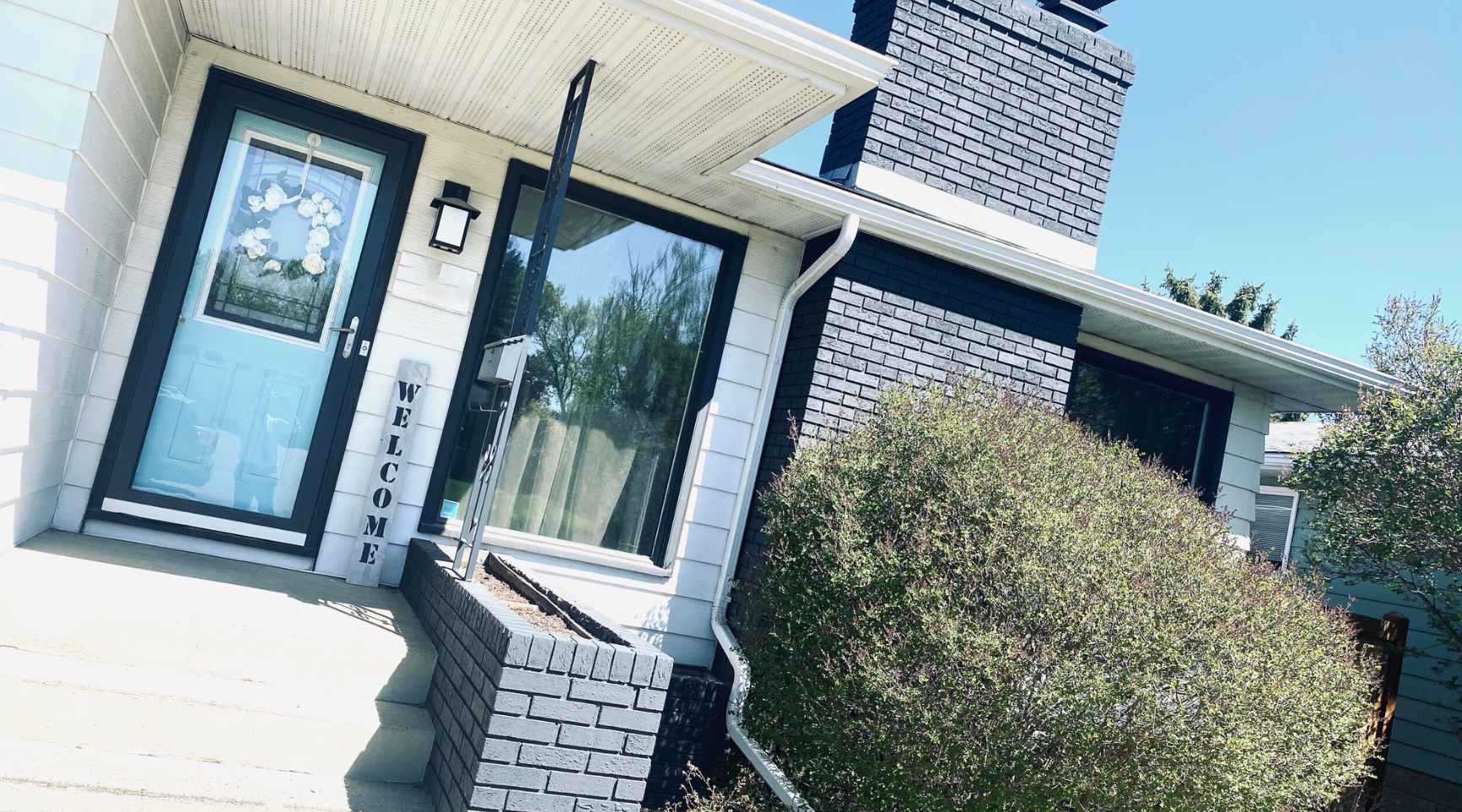
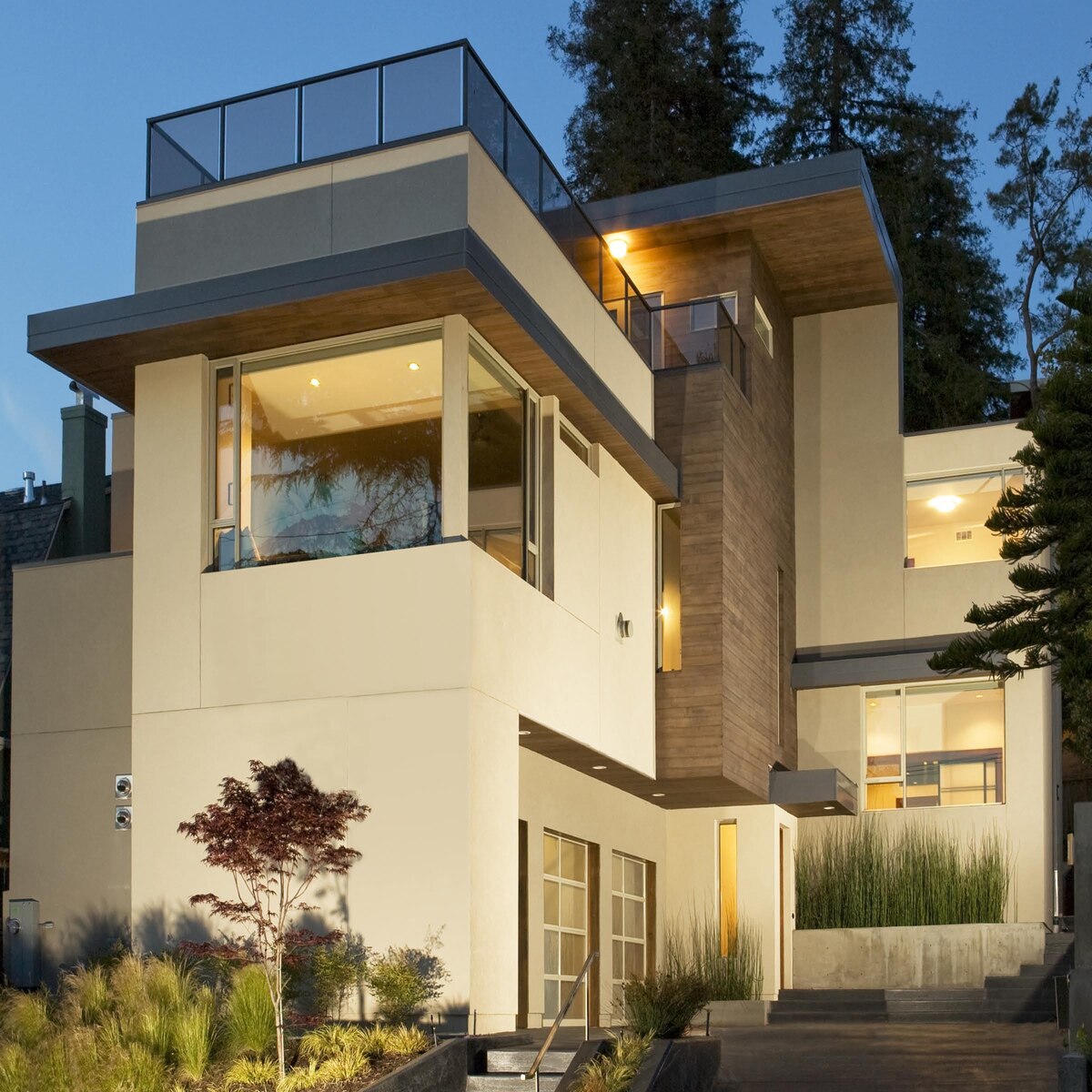
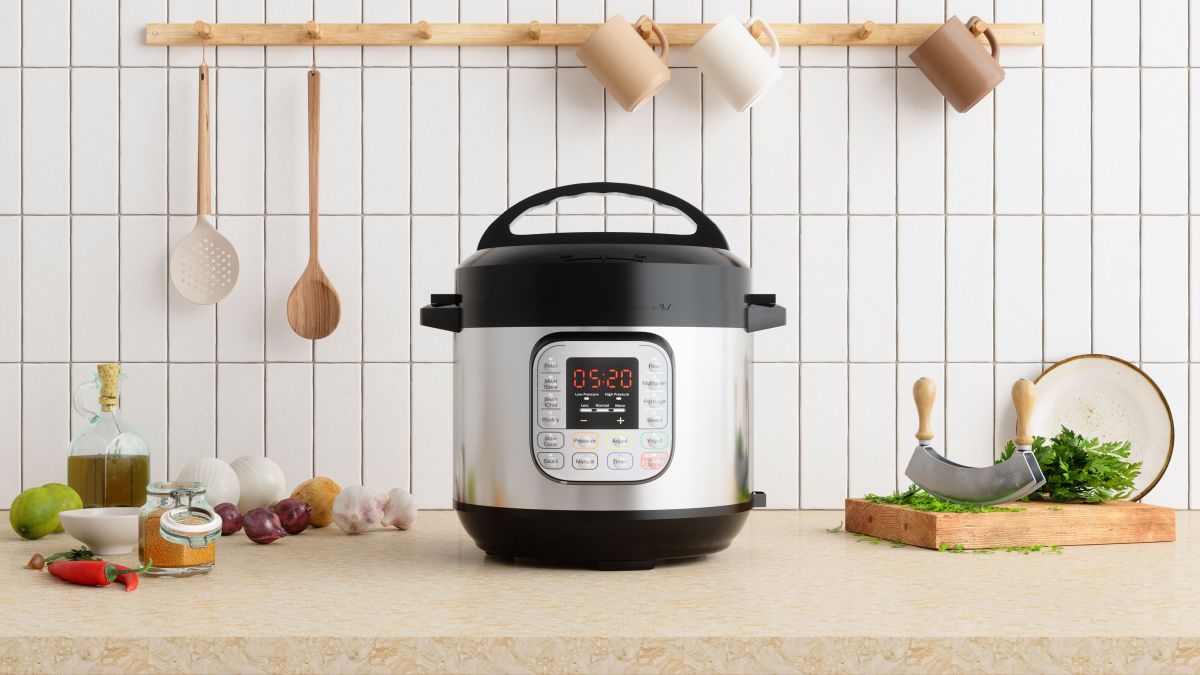
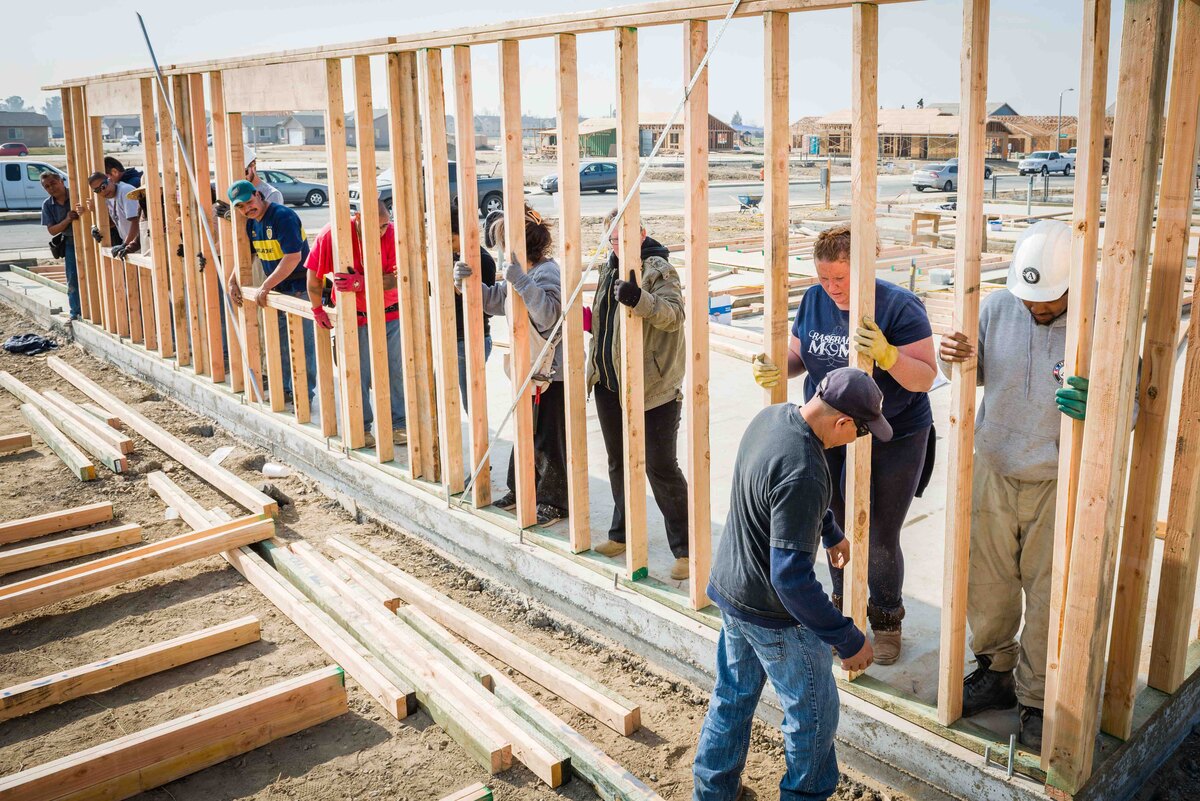
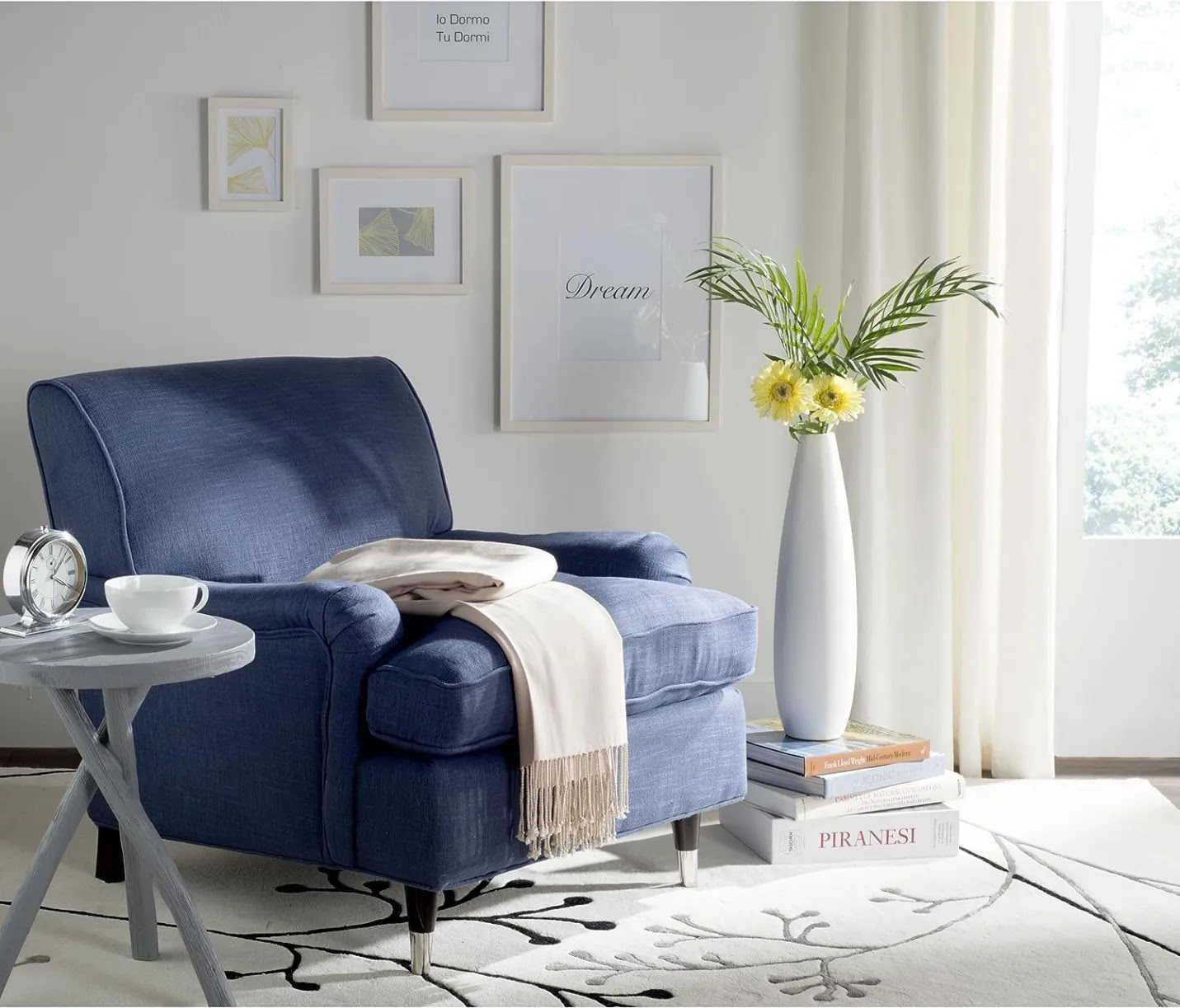
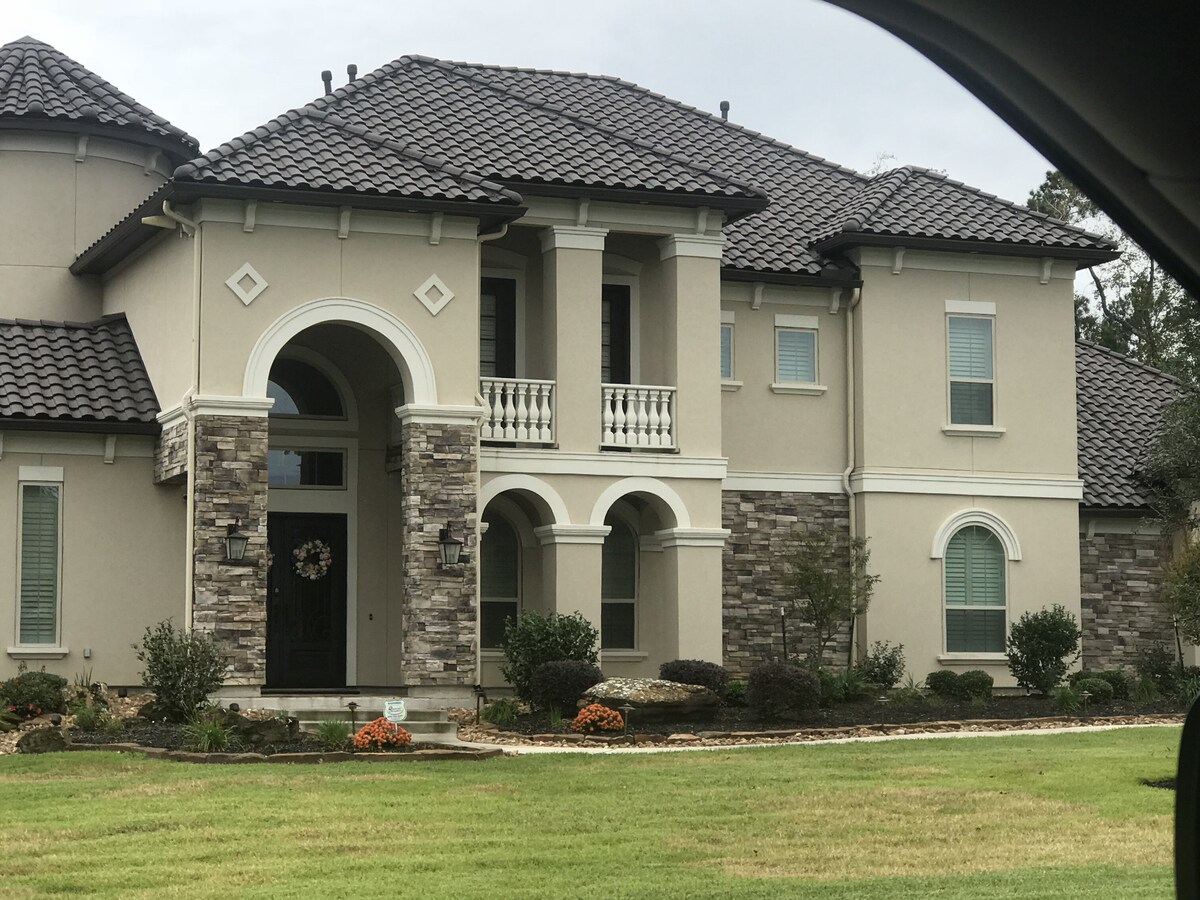
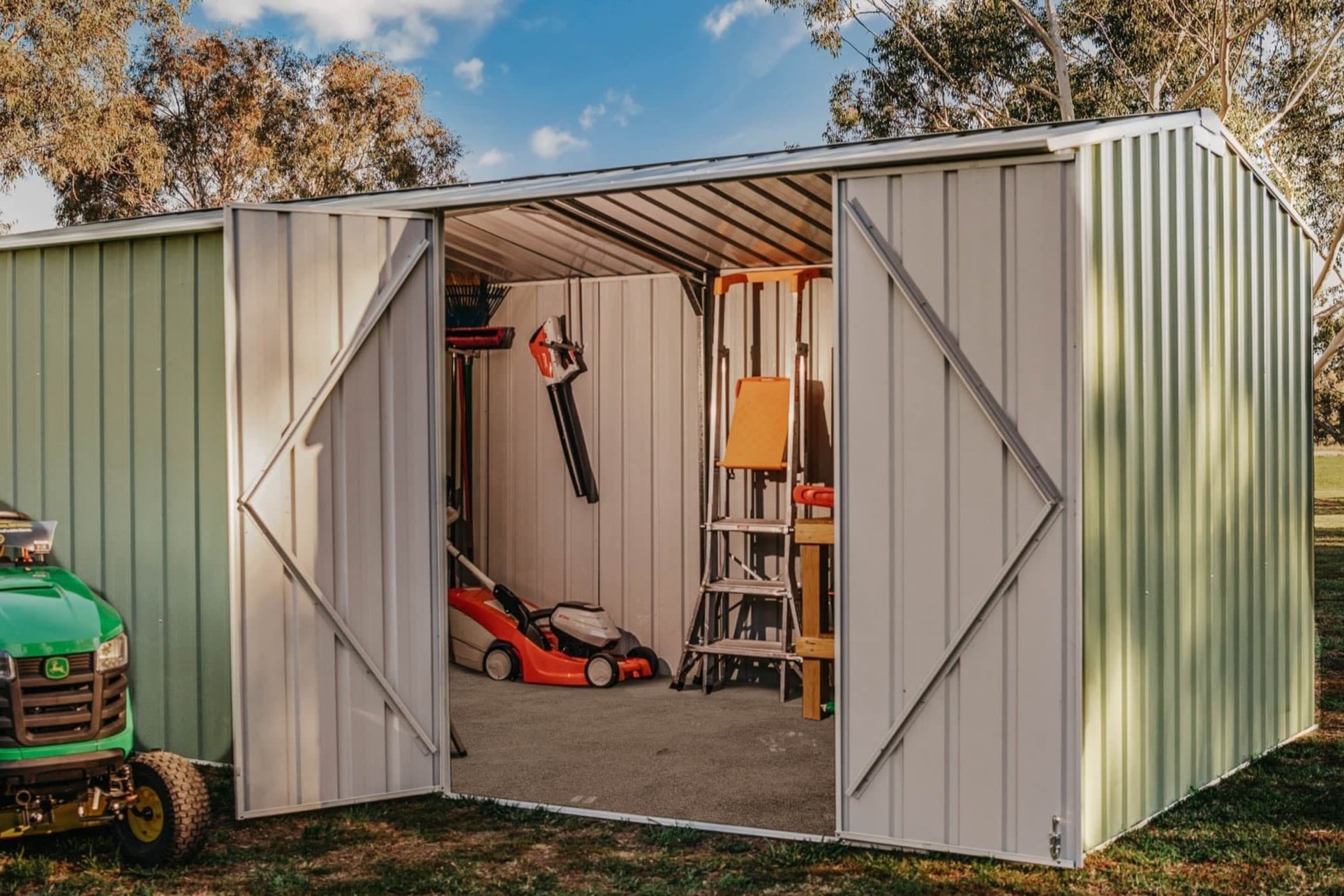

0 thoughts on “What Makes A House Look Cheap: 7 Things You Are Doing Wrong”